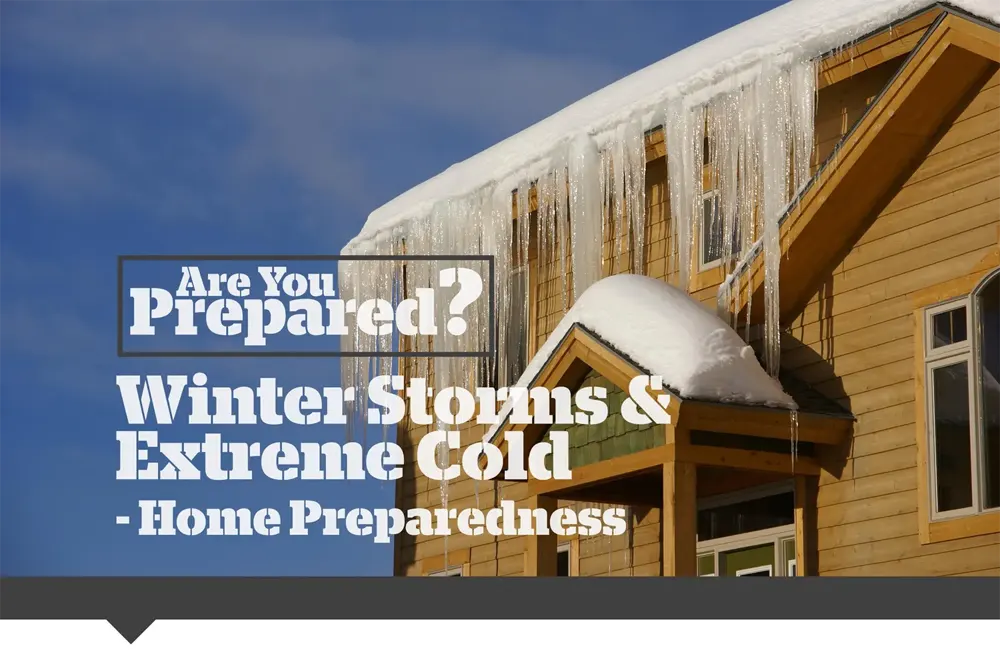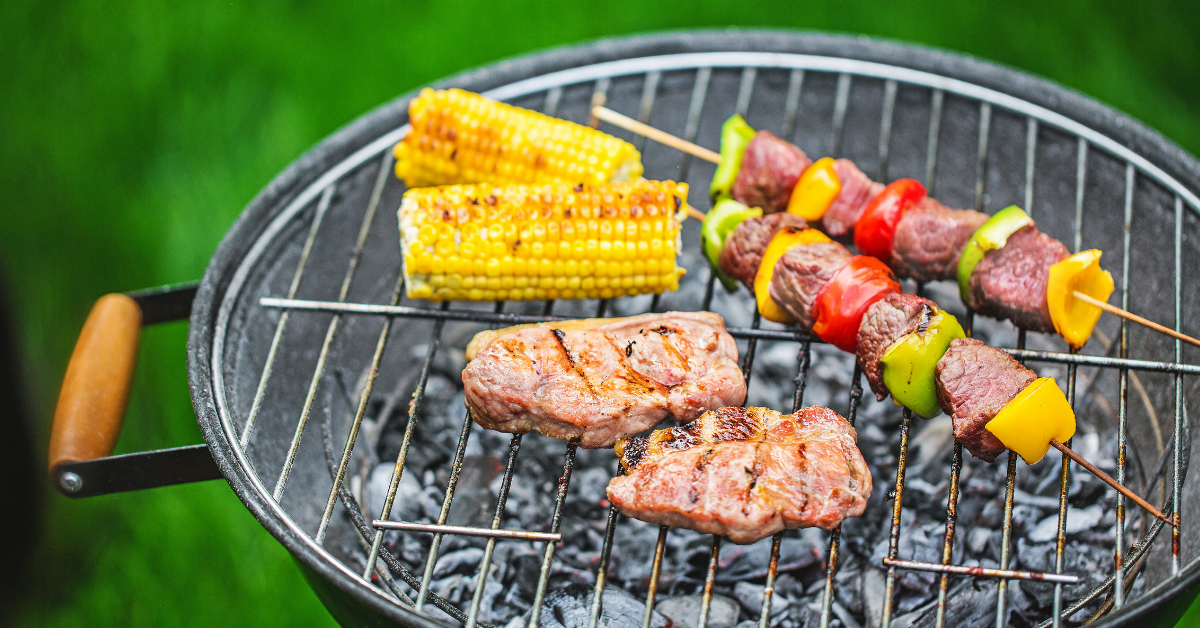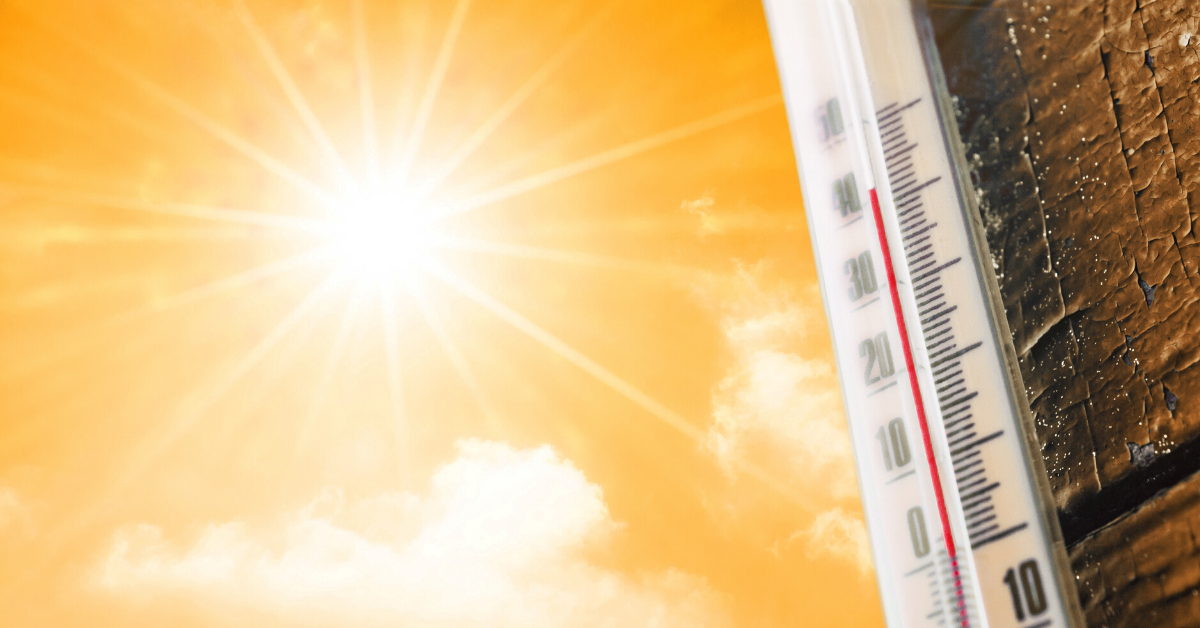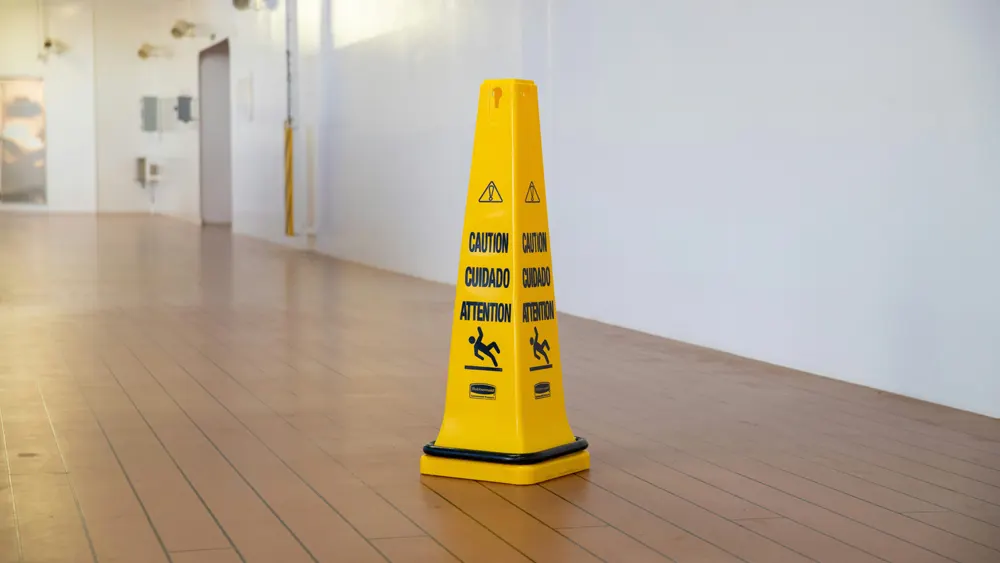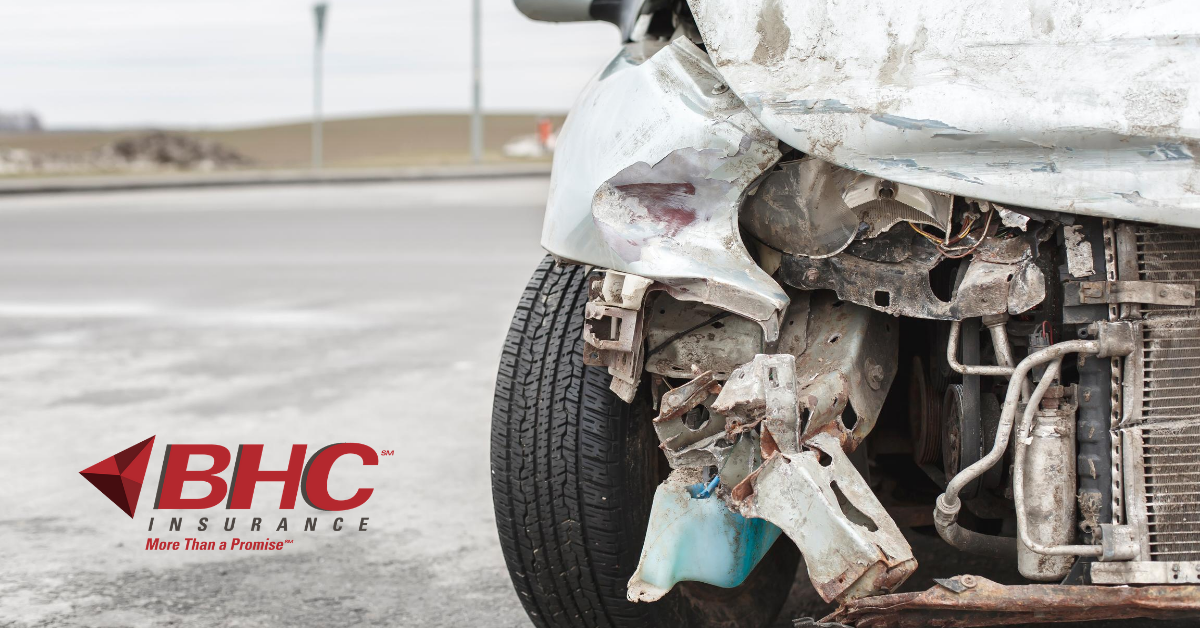While the amount of danger from winter weather varies across the country, nearly all Americans are likely to face some degree of severe winter weather throughout their lives. Winter storms can range from moderate snow over the course of a few hours to a blinding blizzard that lasts for several days. Many winter storms are also accompanied by dangerously low temperatures, strong winds, ice, sleet and freezing rain. A primary concern is that winter storms can knock out heat, power and communications services to your home or office, sometimes for days at a time. Heavy snowfall and extreme cold can immobilize an entire region.
The National Weather Service (NWS) refers to winter storms as “deceptive killers” because most deaths are indirectly related to the storm. People die in traffic accidents on icy roads and of hypothermia from prolonged exposure to cold. Because of this, it is important to be prepared for winter weather before it strikes.
Know the Terms
Familiarize yourself with these terms to help identify winter storm hazards:
-
Freezing rain—This is rain that freezes when it hits the ground, thus creating a coating of ice on roads, walkways, trees and power lines.
-
Sleet—This is rain that turns to ice pellets before reaching the ground. Sleet also causes moisture on roads to freeze and become slippery.
-
Winter weather advisory—Such an advisory means that winter weather conditions are expected to cause significant inconveniences and may be hazardous. When caution is used, these situations should not be life-threatening.
-
Winter storm watch—This means that a winter storm is possible in your area. Tune in to National Oceanic and Atmospheric Administration (NOAA) Weather Radio, commercial radio or local television for more information.
-
Winter storm warning—This means that a winter storm is occurring or will soon occur in your area.
-
Blizzard warning—This means that sustained winds or frequent gusts (35 mph or greater) and considerable amounts of falling or blowing snow (reducing visibility to less than a quarter mile) are expected to prevail for a period of three hours or longer.
-
Frost/freeze warning—This means that below-freezing temperatures are expected.
Before Winter Storms and Extreme Cold
To prepare for a winter storm, you should do the following:
-
Add these supplies to your emergency kit:
-
Rock salt or more environmentally safe products to melt ice on walkways (visit the Environmental Protection Agency website for a complete list of recommended products)
-
Sand to improve traction
-
Snow shovels and other snow removal equipment
-
Sufficient heating fuel
-
Adequate clothing and blankets to keep you warm
-
-
Make a family communications plan. Your family may not be together when disaster strikes, so it is important to know how you will contact one another, how you will get back together and what you will do in case of an emergency.
-
Listen to a NOAA Weather Radio or other local news channels for critical information from the NWS. Be alert to changing weather conditions.
-
Minimize travel. If travel is necessary, keep a disaster supply kit in your vehicle.
-
Bring pets and companion animals inside during winter weather. Move other animals or livestock to sheltered areas with non-frozen drinking water.
Winterize Your Home
-
Winterize your house, barn, shed or any other structure that may provide shelter for your family, neighbors, livestock or equipment. Clear rain gutters, repair roof leaks and cut away tree branches that could fall on a house or other structure during a storm.
-
Extend your fuel supply by insulating walls and attics, caulking and weather-stripping doors and windows, and installing storm windows or covering windows with plastic.
-
Maintain heating equipment and chimneys by having them cleaned and inspected every year.
-
Insulate pipes with insulation or newspapers and plastic and allow faucets to drip a little during cold weather to avoid freezing. Running water, even at a trickle, helps prevent pipes from freezing.
-
All fuel-burning equipment should be vented to the outside and kept clear.
-
Keep fire extinguishers on hand, and make sure everyone in your house knows how to use them. House fires pose an additional risk, as more people turn to alternate heating sources without taking the necessary safety precautions.
-
Learn how to shut off water valves (in case a pipe bursts).
-
Insulate your home by installing storm windows or covering windows with plastic from the inside to keep cold air out.
-
Hire a contractor to check the structural ability of the roof to sustain unusually heavy weight from the accumulation of snow or water, if drains on flat roofs do not work.
Carbon Monoxide Hazards
Key hazards to avoid when using alternate sources for electricity, heating or cooking are carbon monoxide poisoning, electric shock and fire. Carbon monoxide can be deadly, so prepare your home with these tips:
-
Never use a generator, grill, camp stove or other gasoline, propane, natural gas or charcoal-burning devices inside a home, garage, basement, crawlspace or any partially enclosed area. Locate the unit away from doors, windows and vents that could allow carbon monoxide to come indoors.
-
Install carbon monoxide alarms in central locations on every level of your home and outside sleeping areas to provide early warning of accumulating carbon monoxide.
-
If the carbon monoxide alarm sounds, move quickly to a fresh air location outdoors or by an open window or door.
-
Call for help from the fresh air location and remain there until emergency personnel arrive to assist you.
During Winter Storms and Extreme Cold
-
Stay indoors during the storm.
-
Walk carefully on snowy, icy walkways.
-
Avoid overexertion when shoveling snow. Overexertion can bring on a heart attack—a major cause of death in the winter. If you must shovel snow, stretch before going outside.
-
Keep dry. Change wet clothing frequently to prevent a loss of body heat. Wet clothing loses all of its insulating value and transmits heat rapidly.
-
Watch for signs of frostbite. These include loss of feeling and white or pale appearance in extremities such as fingers, toes, ear lobes and the tip of the nose. If you or a loved one shows symptoms, get medical help immediately.
-
Watch for signs of hypothermia. These include uncontrollable shivering, memory loss, disorientation, incoherence, slurred speech, drowsiness and apparent exhaustion. If you or a loved one has symptoms of hypothermia, get the victim to a warm location, remove wet clothing, warm the center of the body first and give warm, non-alcoholic beverages if the victim is conscious. Get medical help as soon as possible.
-
Drive only if it is absolutely necessary. If you must drive, travel during the day. Don’t travel alone, keep others informed of your schedule, stay on the main roads and avoid back road shortcuts.
-
Let someone know your destination, your route and when you expect to arrive. If your car gets stuck along the way, help can be sent along your predetermined route.
-
If the pipes freeze, remove any insulation or layers of newspapers and wrap the pipes in rags. Completely open all faucets and pour hot water over the pipes, starting where they were most exposed to the cold (or where the cold was most likely to penetrate).
-
Maintain ventilation when using kerosene heaters to avoid build-up of toxic fumes. Refuel kerosene heaters outside and keep them at least 3 feet from flammable objects.
-
Conserve fuel, if necessary, by keeping your residence cooler than normal. Temporarily close off heat to some rooms.
-
If you will be going away during cold weather, leave the heat on in your home, set to a temperature no lower than 55 degrees Fahrenheit.
Dress for the Weather
-
If you must go outside, wear several layers of loose-fitting, lightweight, warm clothing rather than one layer of heavy clothing. Outer garments should be tightly woven and water repellent.
-
Wear mittens, which are warmer than gloves.
-
Wear a hat. A hat will prevent loss of body heat.
-
Cover your mouth with a scarf to protect your lungs.
After Winter Storms and Extreme Cold
-
Go to a designated public shelter if your home loses power or heat during periods of extreme cold.
-
Continue to protect yourself from frostbite and hypothermia by wearing warm, loose-fitting, lightweight clothing in several layers. Stay indoors, if possible.
BHC Insurance is committed to helping you and your loved ones stay safe when disaster strikes. For additional risk management guidance, contact us today.


